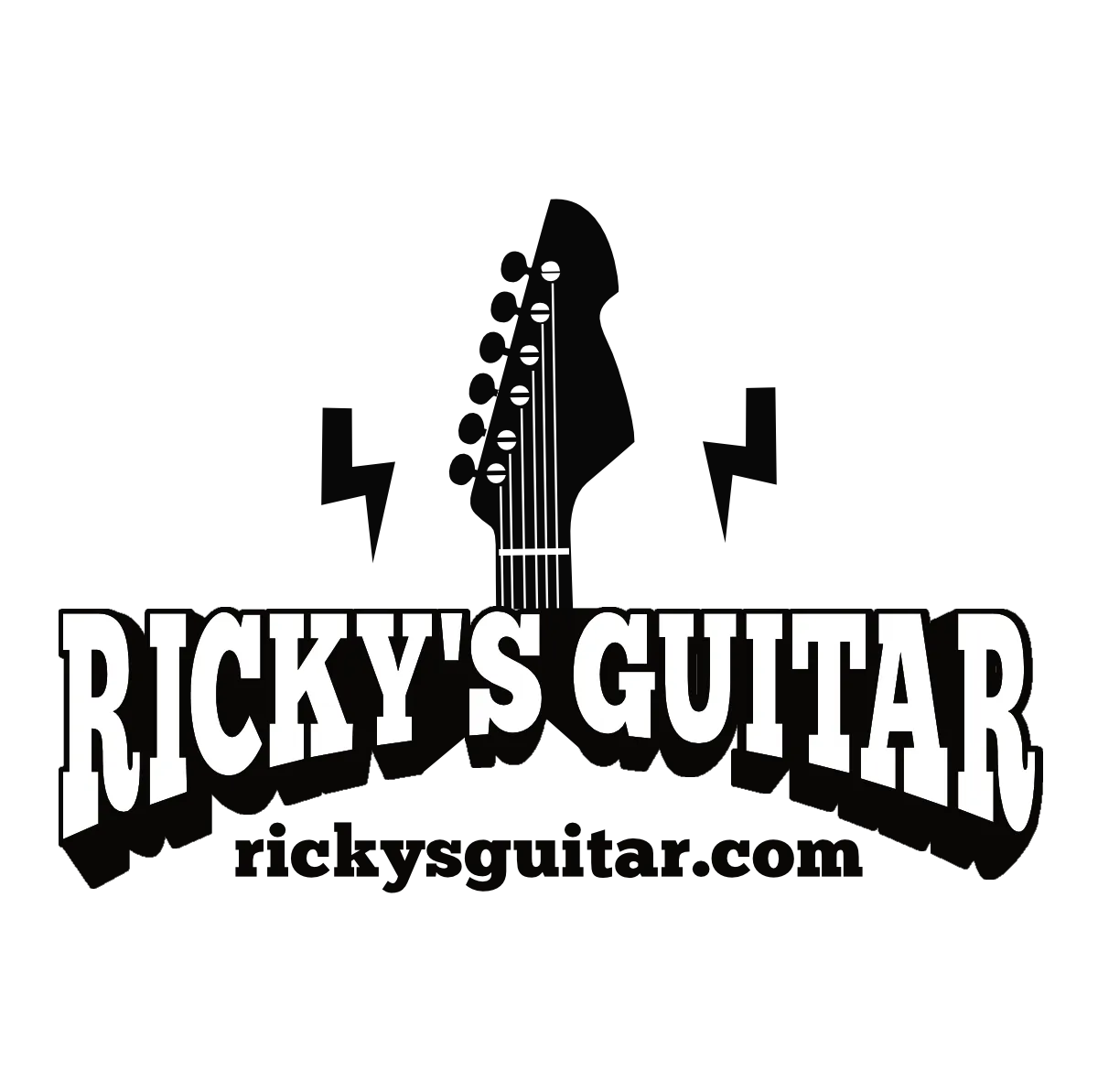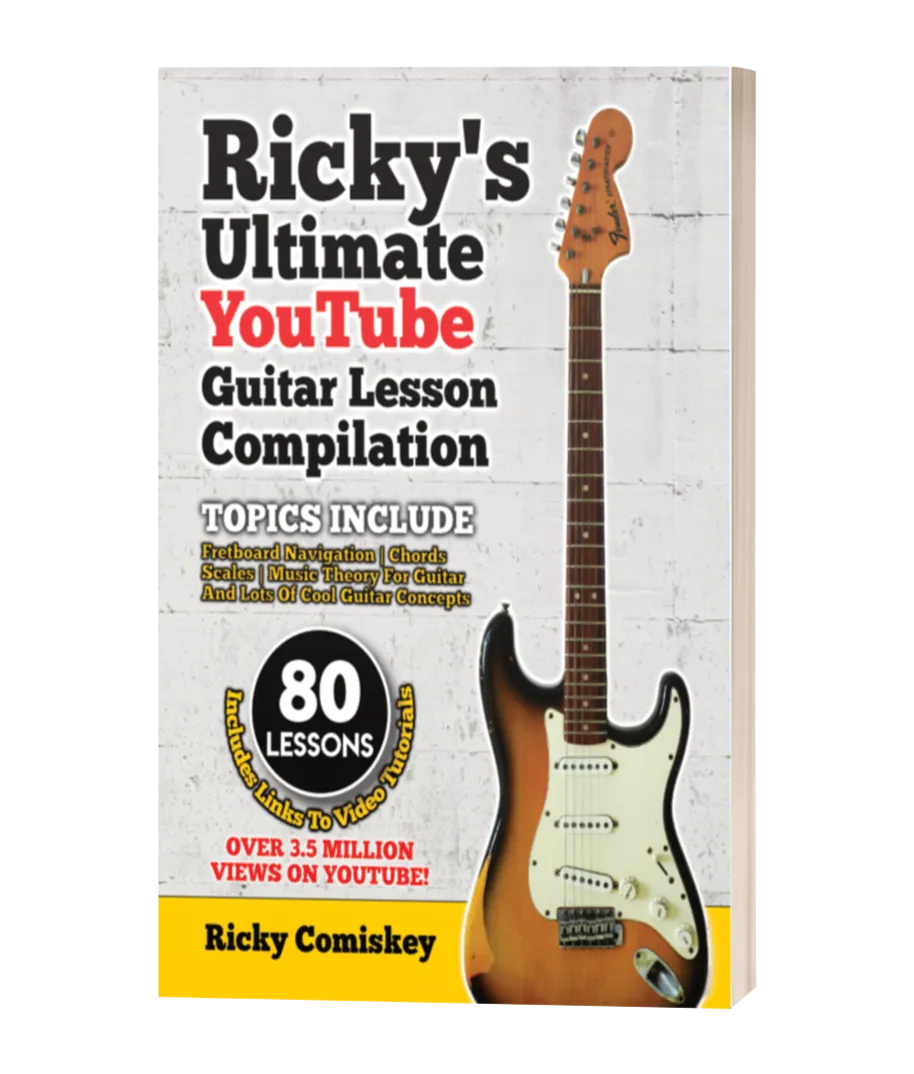The String Pair Framework
How To Break Out Of The Pentatonic Box (and much more) with String Pairs.
LIGHTBULB moment game changing concept!
In this lesson, we'll delve into innovative techniques for visualising the guitar fretboard using string pairs, the CAGED system and pentatonic scales.
By understanding these concepts, you'll enhance your ability to play over the guitar neck and develop the range of your fretboard knowledge.
Step 1: Introduction to the Lesson
This lesson aims to deepen your understanding of the guitar fretboard, focusing on innovative techniques that go beyond traditional methods. By exploring string pairs and their connections, you'll grasp how to navigate the fretboard with ease and confidence.
We'll break down complex concepts into manageable sections, ensuring that you can apply these ideas effectively in your playing. This isn't just about memorising patterns; it's about developing a comprehensive view of the guitar fretboard that enhances your creativity and musical expression.
Step 2: Understanding the Fretboard
The guitar fretboard is a beautifully engineered tool that, when understood, can release your musical potential. The arrangement of strings and frets is not arbitrary; it follows a logical structure that can be exploited for better playing.
The strings are tuned in a series of intervals that create a unique landscape. For instance, the E to A string is a fourth apart, as are the A to D and D to G strings. However, the G to B string is a third apart, this wonk in the tuning adds variety and interest to the shapes you end up playing. Understanding these intervals is crucial for visualising the fretboard.
* String Intervals: Know the tuning intervals between strings.
* Visual Mapping: Use these intervals to map out the fretboard in your mind.
* Practical Application: Relate these intervals to the shapes and patterns you play.
Step 3: Exploring String Pairs
String pairs are fundamental in navigating the fretboard. By focusing on pairs of strings, you can simplify your approach to playing and improvisation. For example, consider the E and A strings as one pair, the D and G strings as another, and the B and high E strings as the final pair.
When you connect these pairs, you create a framework for understanding how notes relate to one another across the fretboard. This approach allows you to shift between different voices and textures in your playing.
* Identifying String Pairs: Recognize the three main pairs: E-A, D-G, and B-E.
* Bridging Between Pairs: Learn how to transition smoothly from one pair to another using octave shapes.
* Practical Exercises: Use simple patterns to practice moving between string pairs.
Step 4: Adding the CAGED System
In the briefest of terms to describe it, the CAGED system is an extremely powerful framework for understanding the guitar fretboard. It divides the guitar neck into five basic chord shapes: C, A, G, E, and D. Each shape corresponds to a different position on the fretboard, allowing you to visualise and navigate chords and scales more effectively.
By learning these shapes, you can shift them up and down the neck to play in different keys. This system helps you see the relationships between different notes and chords, making it easier to improvise and create music.
* Shapes Overview: Familiarise yourself with the five shapes and their fingerings.
* Connecting Shapes: Learn how to transition smoothly between shapes to maintain musical flow.
* Practical Application: Use CAGED shapes to construct chords and scales in various keys.
Step 5: CAGED Octaves
By removing the 3rd and 5th from the 5 CAGED chord shapes, all we have left are the root notes of the chords which reveals the 5 bare CAGED octave shapes. CAGED octaves play a crucial role in connecting string pairs and expanding your musical vocabulary. By utilising octave shapes, you can easily shift between different string pairs while maintaining the same note name.
The E-shaped octave connects the E and A string pair to the D and G string pair, while the D-shaped octave connects the D and G string pair to the B and high E string pair. Mastering these shapes is essential for fluid movement across the fretboard.
* Understanding Octave Shapes: Familiarise yourself with the CAGED shape octaves.
* Connecting Ideas: Use octaves to link musical phrases across string pairs.
* Expanding Your Sound: Experiment with different voicings and textures by incorporating octaves into your playing.
Step 6: Power Chords Voicings
Power chords, or dyads, are two-note chords typically consisting of the root and fifth. They are super versatile and are often used across different genres of music. Understanding how to play power chords in various string pairs enhances your ability to create texture and exploit higher and lower voicings in your playing.
For example, starting with a power chord on the E and A strings allows you to easily move to the D and G strings using the CAGED system octaves. This transition creates different voicings while maintaining the same harmonic foundation.
* Root and Fifth: Identify the notes that make up a power chord and their positions on the fretboard.
* Voicing Variations: Experiment with playing the same power chord across different string pairs.
* Creating Texture: Layer your power chords with different voicings to enrich your sound. Great for jamming and playing with others.
Step 7: Minor Pentatonic Scale Explained
The minor pentatonic scale is a staple for guitarists, providing a framework for improvisation and solos.
It consists of five notes and is often used in rock, blues, and jazz. By understanding its structure, you can apply it across different string pairs effectively.
To play the A minor pentatonic scale, start with the notes: A, C, D, E, and G. This scale can be visualized in various positions on the fretboard, allowing you to access different voices and help create variation in your licks and phrases.
* Scale Construction: Learn the five notes that make up the minor pentatonic scale.
* Fretboard Visualisation: Visualise the scale across different string pairs and fretboard positions.
* Improvisation Techniques: Use the scale to create melodies and solos by bridging between string pairs.
Step 8: Bridging Across String Pairs
Bridging across string pairs is essential for fluid playing and developing a cohesive sound. It involves connecting notes and patterns from one string pair to another, enhancing your musical expression.
Utilising CAGED system octaves and understanding the string pairs, you can easily transition between different areas of the fretboard. This technique adds scope to where you can play and allows for greater creativity.
* Techniques for Bridging: Practice moving between string pairs using octave shapes and scale patterns.
* Visual Cues: Use visual markers to help you identify where to bridge across the fretboard.
* Creative Exercises: Develop exercises that incorporate bridging to enhance your improvisation skills.
eBook Version
Easy For Lesson Links

Click here for more info
Get Exclusive Content And Live Tutorials Of Lessons From The Book.
Copyright © 2022 - Ricky's Guitar - All Rights Reserved




